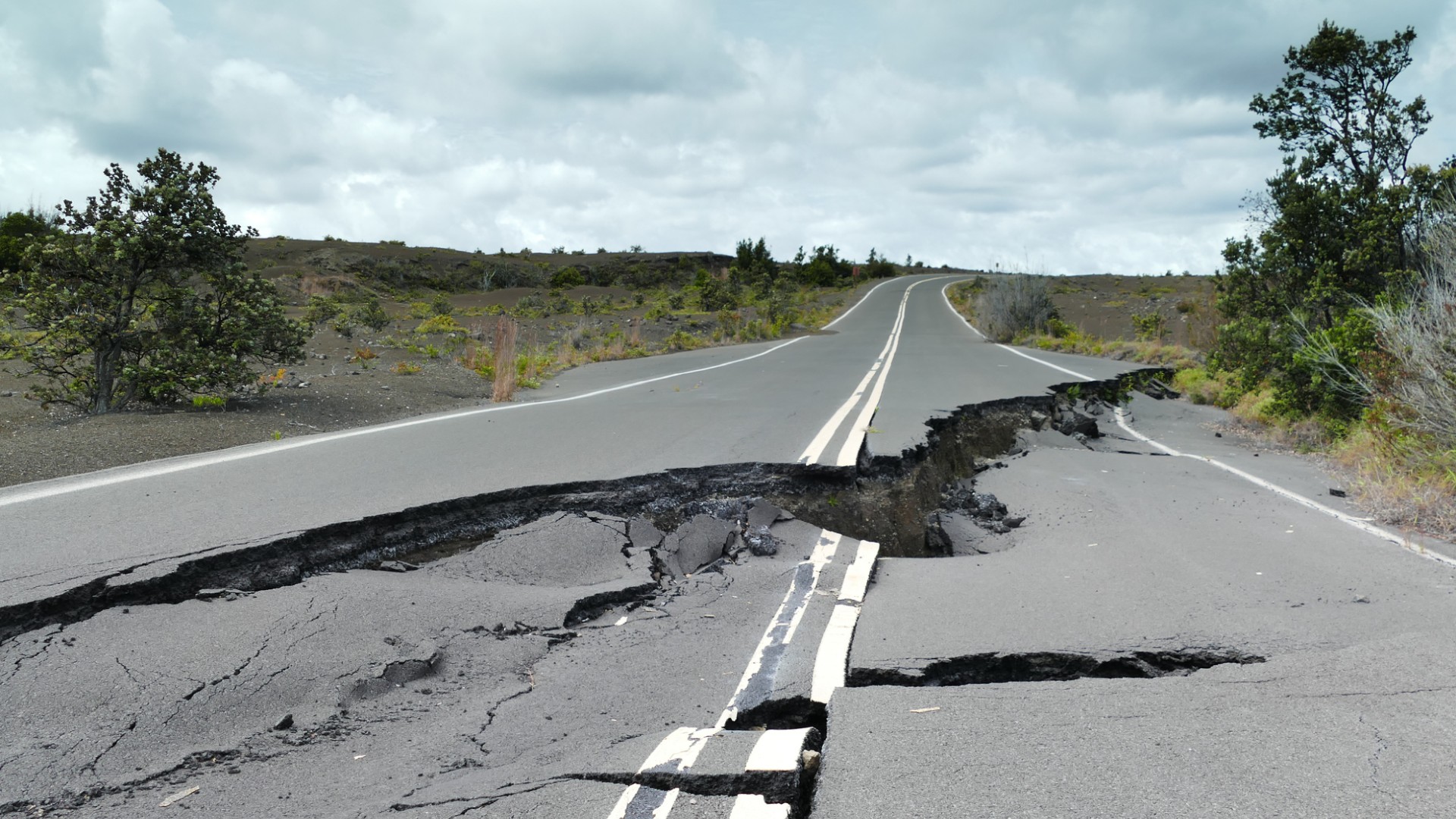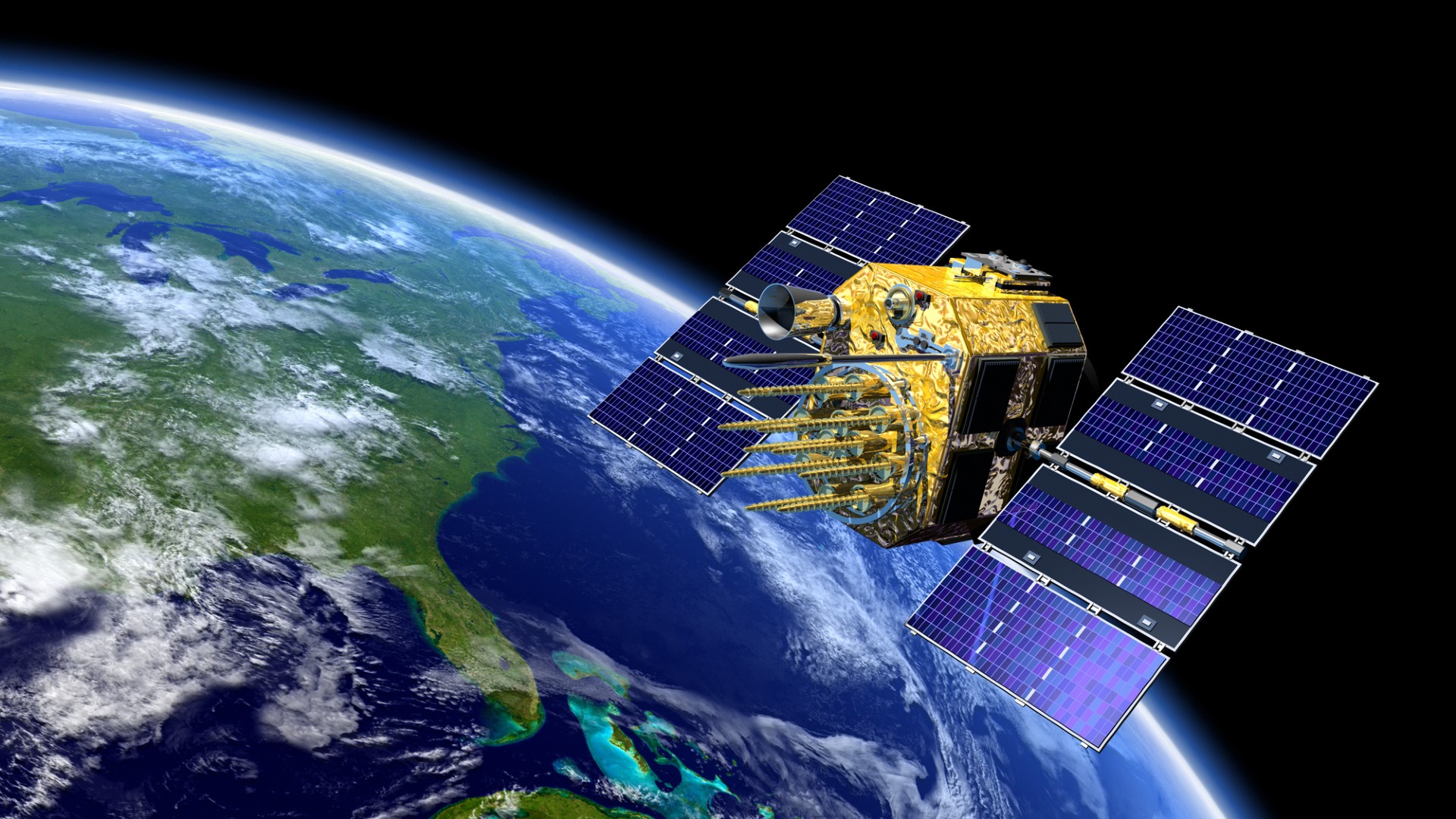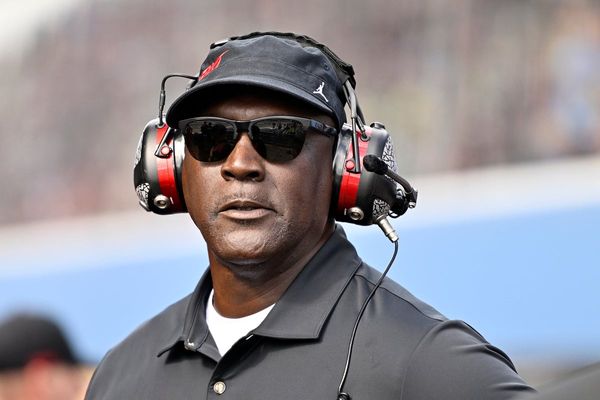
Predicting earthquakes is impossible.
When it comes to knowing when an earthquake is coming, a crucial piece missing from the puzzle is what seismologists call a precursor: A telltale fingerprint of an earthquake that arrives before the big event. To date, no one has found a reliable precursor; many scientists don't believe they'll ever find one.
But two researchers may have made a breakthrough in the search for a precursor. If they are right, earthquakes may make their presence known through GPS measurements, several hours before their respective main events.
"Conceptually, that tells you that it is possible to do it. That's a huge step," believes Quentin Bletery, a seismologist at the Institut de Recherche pour le Développement and the Université Côte d'Azur in France.
Related: Earthquakes seem more intense after cosmic ray strikes. Scientists say this is why.
Bletery and colleague Jean-Mathieu Nocquet turned to a dataset kept by the University of Nevada at Reno. Every five minutes, thousands of stations around the world record their GPS positions. These observations allow scientists to detect even very slight motions. If the ground moved, Bletery and Nocquet could see it in GPS data.
Singling out GPS stations situated around the known locations of earthquakes with magnitudes of 7.0 or higher, Bletery and Nocquet studied those stations' recorded positions — and how they changed — within the 48 hours leading up to the respective quake. They calculated how well the actual motion matched the motion that they expected each quake to cause.
The researchers found that, in the final two hours before a quake, the ground's motion often began to align with the expected motion. That alignment seemed to intensify as the time of the quake approached. Although slight, this pattern did not generally appear when Bletery and Nocquet examined randomly selected two-hour windows that mostly didn't have earthquakes.

The motion in those final two hours, then, may contain the precursors that seismologists have long sought. But even with that knowledge, seismologists are a long way away from transforming it into a means of predicting earthquakes. That's because today's instruments are nowhere near good enough to detect this motion before the fact. Bletery says that existing equipment would need to be some 50 times more sensitive in order to detect a precursor to one earthquake.
"That's a huge technological gap," says Bletery. "We just don't have the technology yet to do it." Adding more GPS stations may help, and Bletery expects scientists to do just that, but it won't be enough in itself.
Still, Bletery believes it is a sign of progress that may interest scientists. For one, he says, their discovery provides evidence that earthquakes aren't chaotic, instantaneous events due to faults abruptly moving. Rather, the two-hour preview suggests that earthquakes may have precursor elements that could give them away before they happen.
Moreover, their results opened other questions. The largest earthquake that Bletery and Nocquet studied was the magnitude 9.0 Tohoku-Oki earthquake, which spawned a devastating tsunami off Japan's east coast in 2011. When they examined GPS data along Japan's coast they found that the motions seemed to match far more than two hours before the quake: in a cycle that seemed to repeat every 3.6 hours or so. What, if anything, caused this cycle remains a mystery.
The research is published in the journal Science.







